Monster Clicker
It is a computerized learning infrared remote. Implementation of the design by Earle F. Philhower III. Check out his site for details.
Before there was USB, all PCs came with parallel port, because, what good is a computer if you cannot make printouts with it? (what good indeed, The Animated TV series Boondocks has this to say about devices that cannot generate printout. Hmm, does the mobile revolution in digital technology consider printouts unnecessary?)(Watch the clip: 'Don't start tripping and call me a racist... anybody of any race can be an ignorant M***** F*****')
Anyway, a parallel port, designed to control a electro-mechanical device like a printer, provided the most direct way of interfacing with external electronics.
What I am interested in was to get the old PC to do more, allowing what logic we could program in to interface with the physical world.
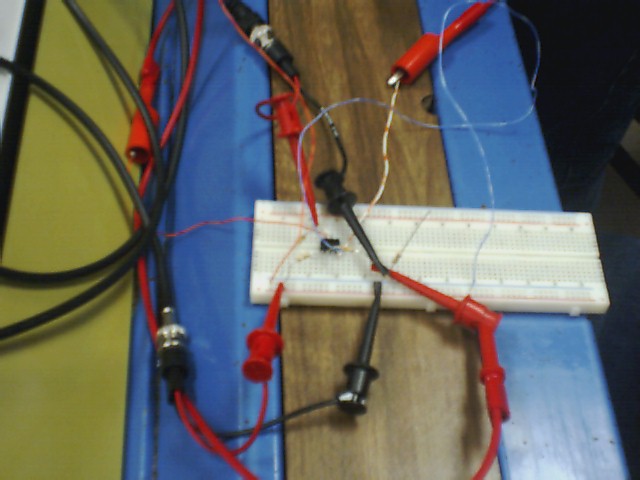
Bread boards are the standard way of experimenting with circuits, never liked them, wires came loose too often and it is just a hassle to diagnose. Pref boards are better in that you can easily solder components on, and they stay put. Holds everything nice and tight.
Alas, they run out quick, and it can get tough to change things when you have to de-solder components. Things get even worse once the copper rings around the holes in the fiber glass board gets loose from one too many de-soldering. So once enough soldering skillz were picked up, the way to go is free form. (Update June 2015: learned from reading aprs.org it's actually called 'dead-bug style'. WB4APR is l33t.)
Point to point construction is similar, but for different applications.The circuit gets really tight, things don't get wasted. Most of the legs from the resister or diode or capacitors gets preserved. The packaging can get more creative too, once the dremel skills are in place.
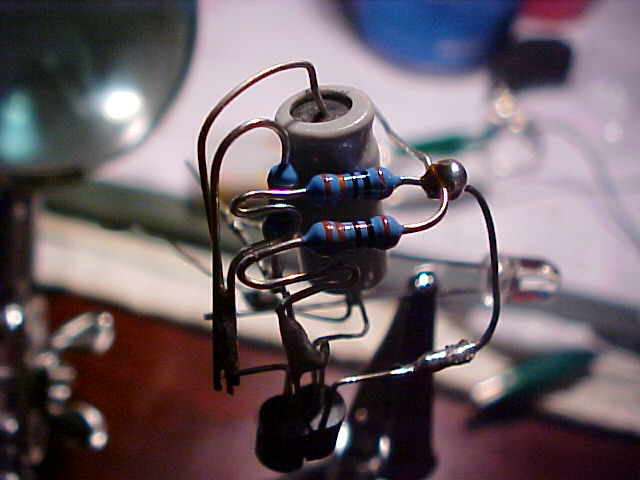
You can get pretty neat results if done right. This circuit is from a different project.
In this IR remote project I used a tic-tac box, sans cover, and free formed the circuit around the parallel plug itself. A 12V car alarm remote battery powers the IR LEDs when it needs to fire.
The little one is a photo-transistor used to 'learn' the IR code from an existing remote.
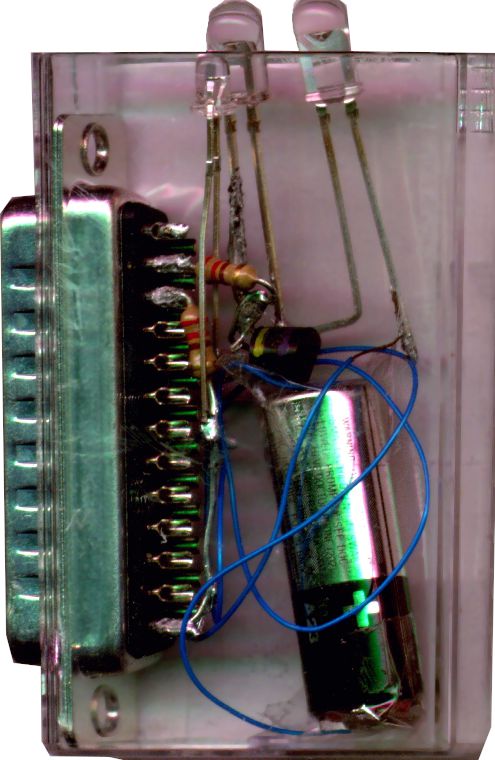
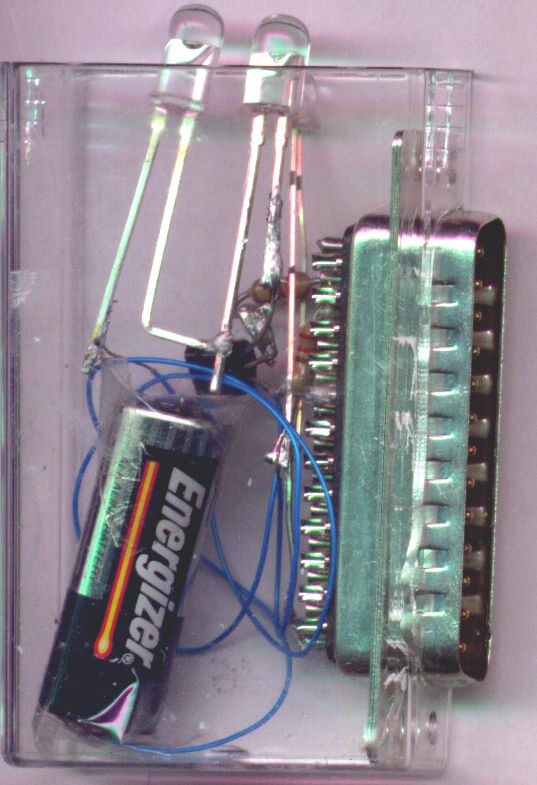
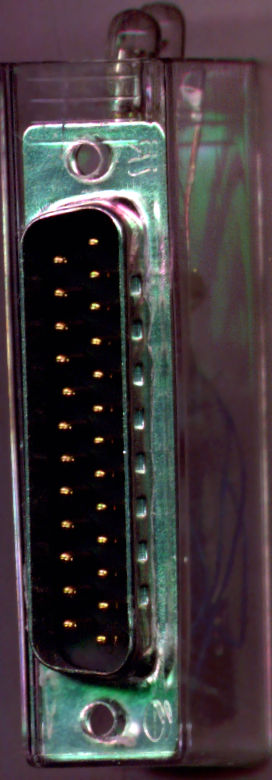


Views: 998
Replies coming soon